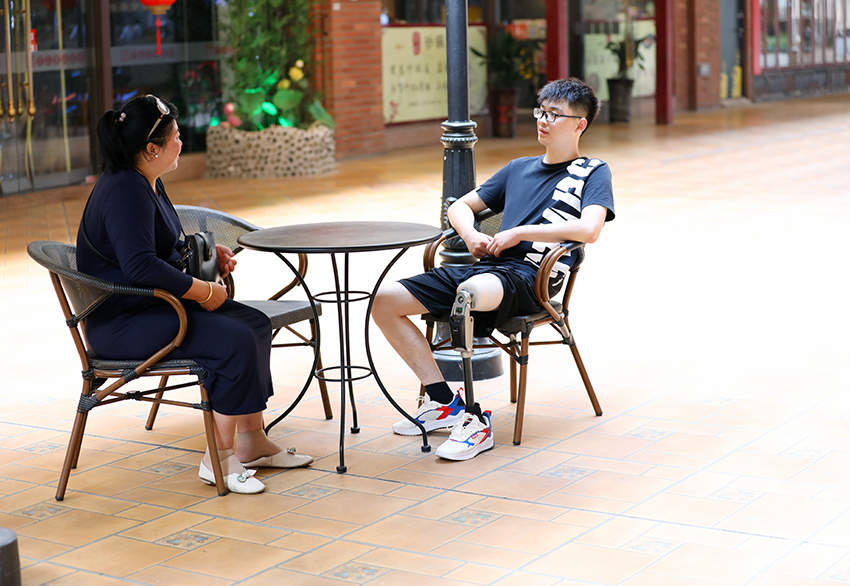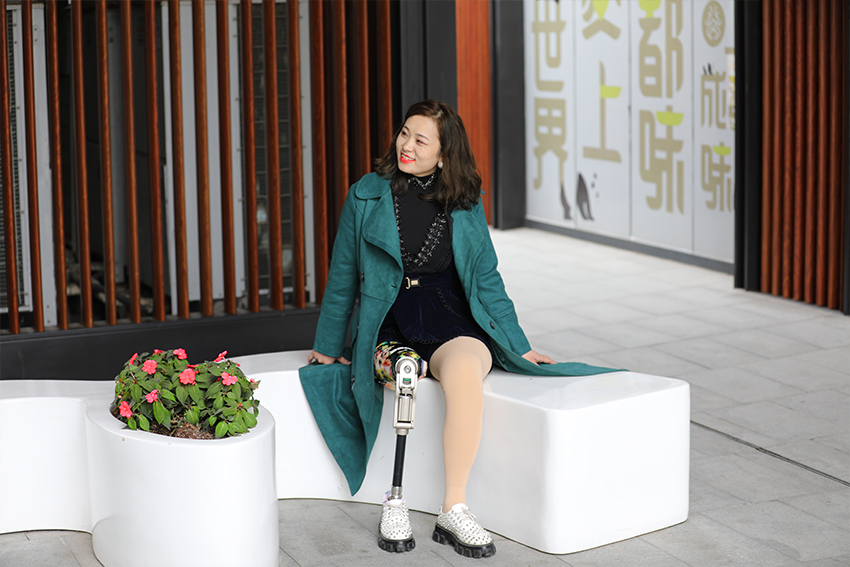News Center
Introduction to prosthesis assembly
2021-09-07 Hits:
With proper prosthetic fitting, rehabilitation and prosthetic service support, amputees can gradually adjust from their initial situation and begin to accept their life with prosthetic limbs.
Prosthetic limbs come in different looks, shapes and functions. With the help of a prosthetist, the first step is to figure out what works best for you.

First, work with a prosthetist to select a prosthetic limb in preparation for recovery of physical skills and return to life.
Some people choose not to be fitted with prosthetics for some reasons, but for those who plan to be fitted with prosthetics, wearing prosthetics will make their work and life more convenient after using prosthetics.
Get initial instruction on the use of a prosthetic limb from a prosthetist
The prosthetist will give you a complete overview of how to use a prosthesis, so you can learn how to put it on, take it off, and how to wear it firmly.
For some amputees who are ready to be fitted with a new prosthetic limb, the limb is still in the phase of atrophy, the shape of the limb changes greatly, and prostheticians usually begin by fitting the user with a temporary prosthetic limb to allow the amputee to adapt.
After the atrophy of the stump stabilizes, the prosthesis is fitted for long-term use.
Learn about your temporary prosthesis
Temporary prosthetics are simpler to design than permanent prosthetics.
It has an receptacle to accommodate the stump, which is attached to a leg tube that ends in the shape of a prosthetic foot (or, for upper amputees, a prosthetic hand).
There are other types of temporary prosthetics in use.
Continue to wear molded socks every day.
When the stump atrophy occurs, put on the prosthetic leg cover to compensate for the weak wear of the prosthetic leg caused by the shrinking stump volume.

After the size of the stump stabilizes, the prosthesis is worn for a long time
For some users, it takes about 6-12 months before that happens.
If you are using a prosthetic with a silicone sleeve, fit the sleeve properly on the stump for a more convenient and stable fitting.
Put on your prosthesis socket
For some users, such as active users, a prosthetic sleeve can be worn over the prosthesis if necessary to provide better wearable stability.
Insert the silicone stump into the receiving cavity
Lock the silicone sleeve lock rod.
(Different prosthetics have different ways of suspension and fixation, and this example shows the use of prosthetics with silicone sleeves.)
Pay attention to the warning phenomenon of improper assembly and wearing
If you are experiencing any of the problems described below, tell your prosthetist to adjust your prosthesis:
If your prosthesis feels heavy and difficult to move, it may be too loose.
Ulcers or blisters appear on the skin of the stump, which may be too tight or too loose.
In this case, discontinue the use of the prosthesis and consult a prosthesis specialist.
If necessary, see a doctor to resolve skin problems.
If the stump moves up and down in the receiving cavity when walking, contact the prosthesis technician to solve the problem, so as to obtain more favorable stump adsorption.
上一篇:Do you want to run? Do you want to exercise? But your foot may not allow you do that. 下一篇:Do you know how to distinguish the functions and type of prosthesis?
 DISA GLOBAL WEBSITE
DISA GLOBAL WEBSITE 

